Living in Auckland, New Zealand’s most cosmopolitan city, means striking a perfect balance of excitement and ease.
From landing to lifestyle factors, there are a few facts and figures that can get you off to a flying start in this slick, subtropical city.
As home to one in three New Zealanders, it’s fair to call Auckland a big city, but the story doesn’t end there.
With the option to set off on a hike, surf, or sail, your weekends will never be empty. Savor a flat white or strike out with islands, bush reserves, volcanoes, and beaches, all within the city limits.
Auckland is a natural landing point for new New Zealanders, so it’s a great place to meet people from all over the world and start out in good company.
From café culture to city lights, finding a niche in one of the world’s most liveable cities doesn’t need to be hard.
Secure Peace of Mind with Best-Value International Health Coverage
International Citizens Insurance provide free, no-obligation quotes from the leading international health insurance providers with plans tailored to meet your needs. Trusted by thousands of expats worldwide.
What is living in Auckland like?
Auckland is home to around 1.5 million people, the largest city in New Zealand.
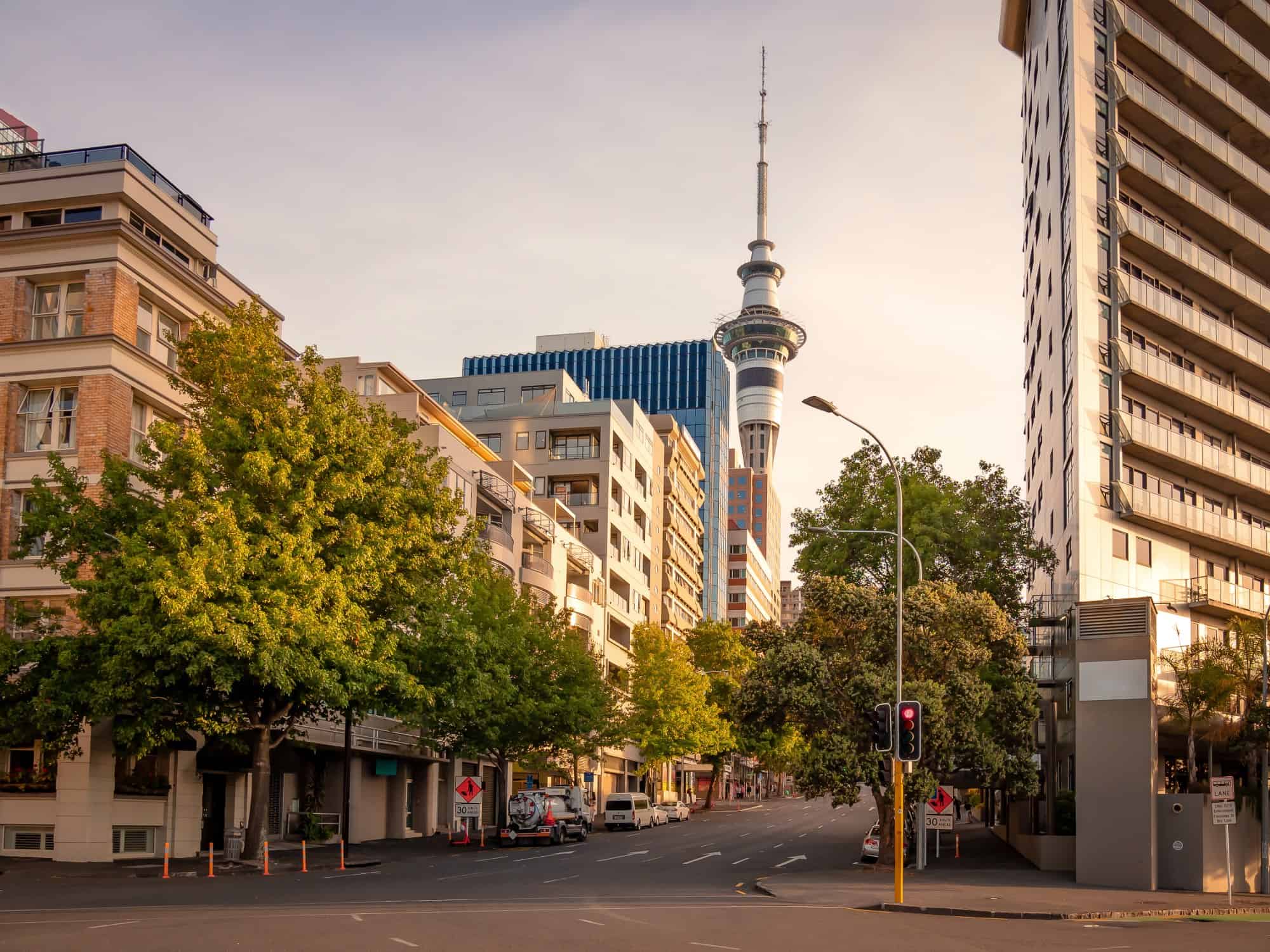
From the thriving East Asian community to the Pacific diaspora and the Maori community, there is no shortage of variety here. As many as four in ten residents of the city were born overseas.
This melting pot formula gives Auckland incredible character.
Some streets look so quintessentially European that it might be hard to believe you’re in another hemisphere. But travel twenty minutes, and you could be in a vibrant food market with the flavor and sound of Singapore or Hong Kong.
Walking through the city center, you can walk straight from the colonial-era Old Government House to the Waipapa Marae, a traditional Māori community space. Not to mention passing several mouthwatering Korean pancake vendors and a bubble tea shop en route.
International grocers cater to most homesick cravings, from Asian supermarkets to British and South African specialty shops. The locations of these stores are often a telltale sign of where a diaspora centers.
Travelers in New Zealand will sometimes hear that Auckland is unfriendly. If that were true, it would naturally be a concern for new residents. Luckily, it isn’t.
The thing is that Auckland feels like a very big city to people from most other places in New Zealand. Rural Kiwis are forthright, and they are giving their honest opinion. Just bear in mind that it mostly reflects the experience of moving from a small town to any city.
Auckland offers a bit more privacy than small-town living, but only if you want it. In a city where nearly half the residents remember being new, there is a real enthusiasm for helping people settle in.
People cheerfully explain anything from getting a library card to the queuing system for a ferry. More often than not, they finish with where you might want to buy your next coffee.
The best areas to live in Auckland
Auckland’s regions all march to the beat of their own distinct drums. The city divides into the Central District, Manukau, Waitakere, and North Shore.
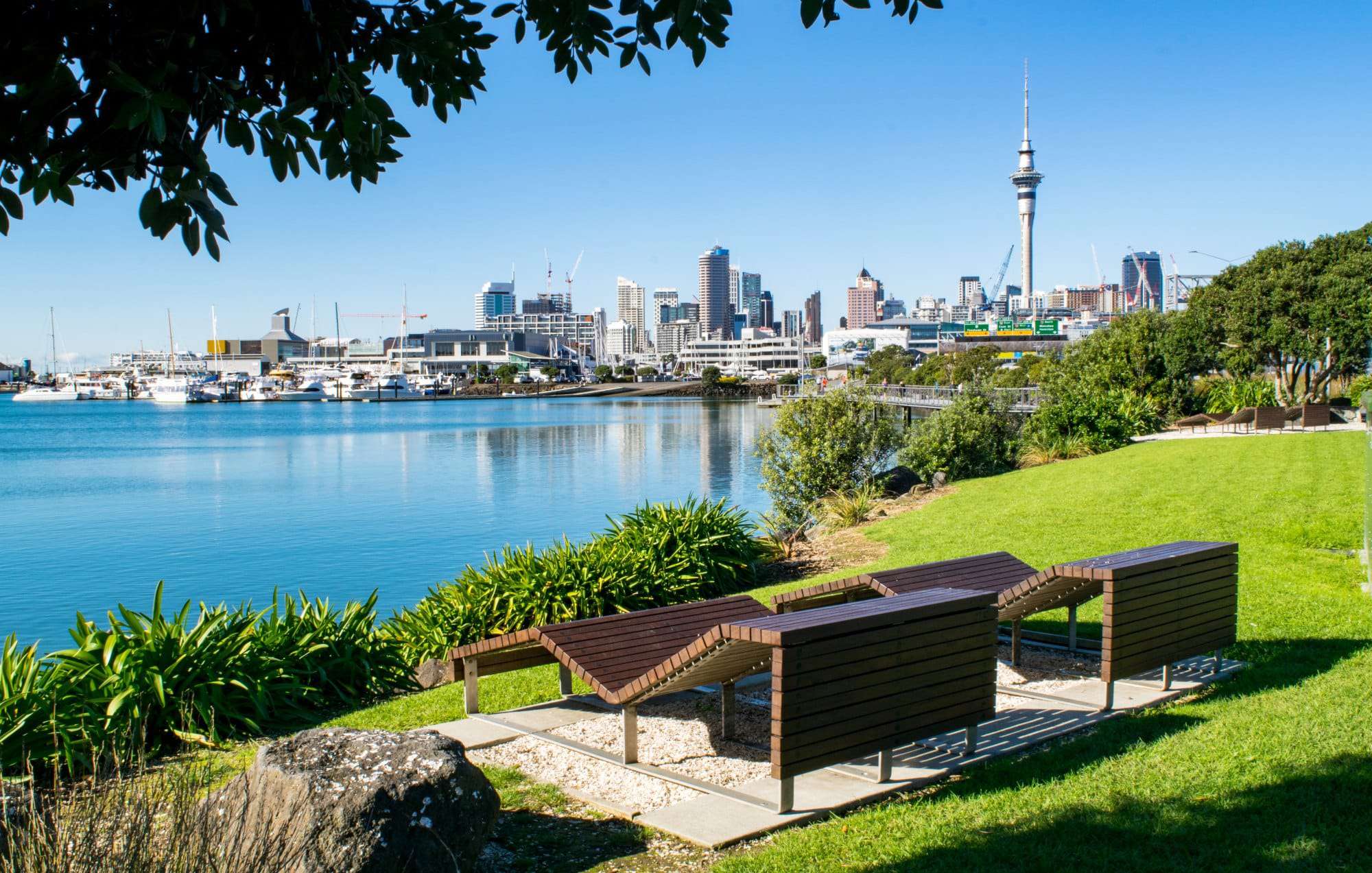
There is something to love everywhere, but every corner is unique.
The central region is the most varied and a great place.
For buzz, brunch, and bubbling nightlife, start with the CBD (central business district) and Ponsonby. You’ll pay a premium to live here, but you can’t beat the array of entertainment options and the short commute.
For young professionals, it is viable to wake up and roll into a yoga studio and then hit a Korean karaoke joint after work.
For people who like a touch of the suburbs but aren’t quite ready to settle down, try Arty Grey Lynn.
Those yearning for an upmarket, European feel should make a beeline for Parnell.
If you need antiquing options, head a little further out to its big sister Remuera.
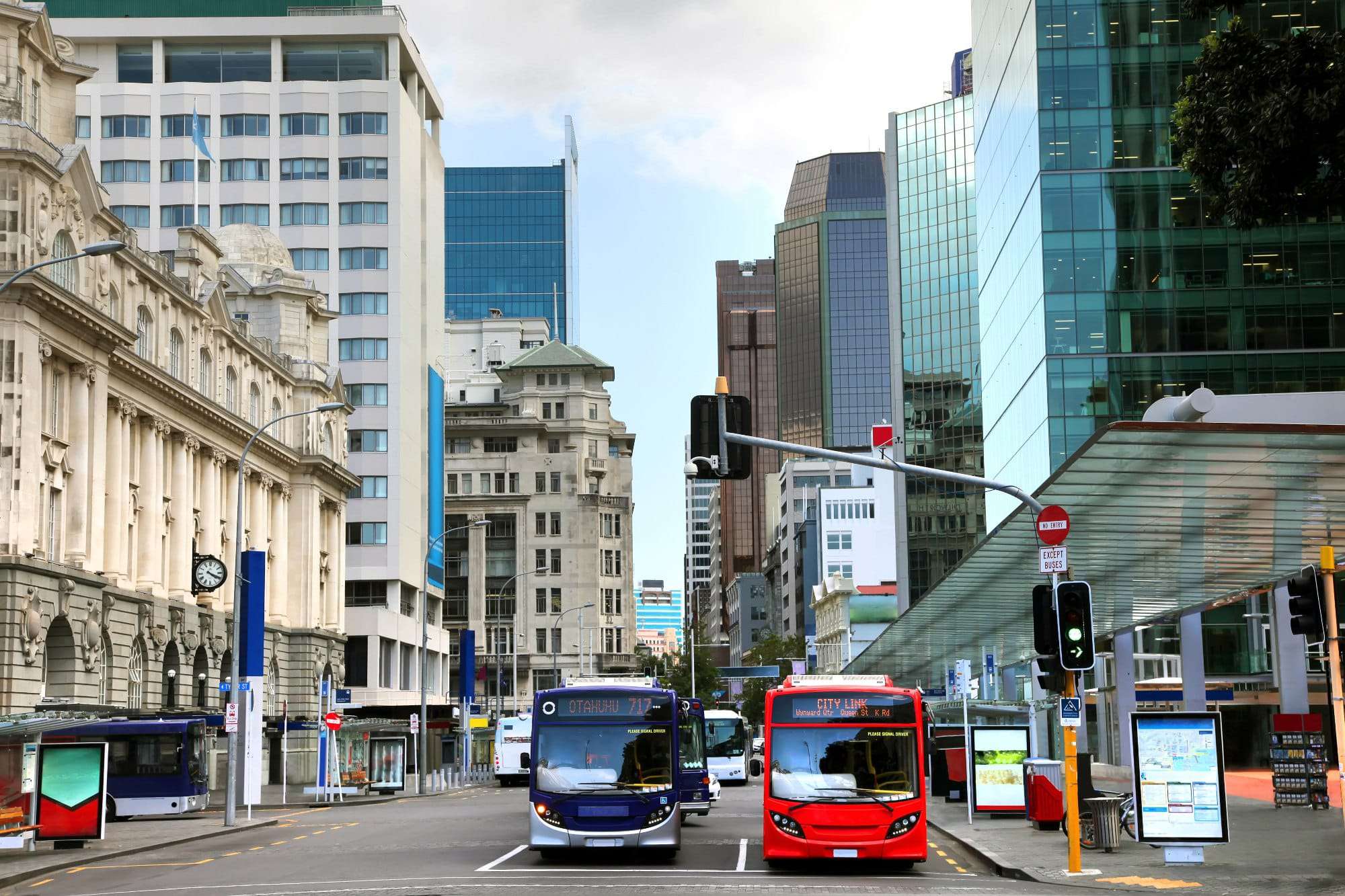
For new arrivals who are family-focused but don’t like to be far from the action, consider Point Chevalier, Mount Eden, and Mount Albert all with large parks, good transport links, and a warm atmosphere.
These are the places to look for a local bakery in your Birkenstocks at the weekend, but still, catch a cab into town.
Manukau is the largest center outside the central business district (CBD). What was once an area that focused on farming is now a family of busy urban neighborhoods.
Buzzwords for Manukau are lively, large, and diverse. Some deprived areas like Papatoetoe and Papakura are part of Manukau but don’t discount the region altogether.
North Shore is made up of upmarket suburbs with access to beaches and good schools. If New Zealand had a miniature Beverly Hills, this is where you’d find it.
Takapuna and Devonport both offer a welcoming selection of cafés and shops. Devonport and Bayswater both have a ferry connection to the city center, making them very popular with commuters.
For a haven, look north to Browns Bay.
Waitakere is the wild west of Auckland.
If the idea of a forest within reach of the city is tempting, this is the place to start. Reaching out towards the enormous Waitakere Ranges reserve is the Waitakere city region.
The top picks here are Titirangi and Blockhouse Bay.
Titirangi is a knot of roads that wind off into the lush native forest, spreading from a compact local high street. Stepping out onto your deck might not feel like you’re in a city at all.
Blockhouse Bay is the ideal place to look for a flat white with a view of the water.
Checking in with a local real estate office on arrival is an option, but Trademe is a great place to start the search.
Trademe is a Kiwi combination of an auction platform and a property website. It’s the first place people look for a second-hand car, a new flat, or even a job listing.
Transport in Auckland
Auckland is a big city, and getting from one end to the other can take a while.
A straight shot from Albany in the North to Papakura in the South will take you just over 40 minutes on paper.
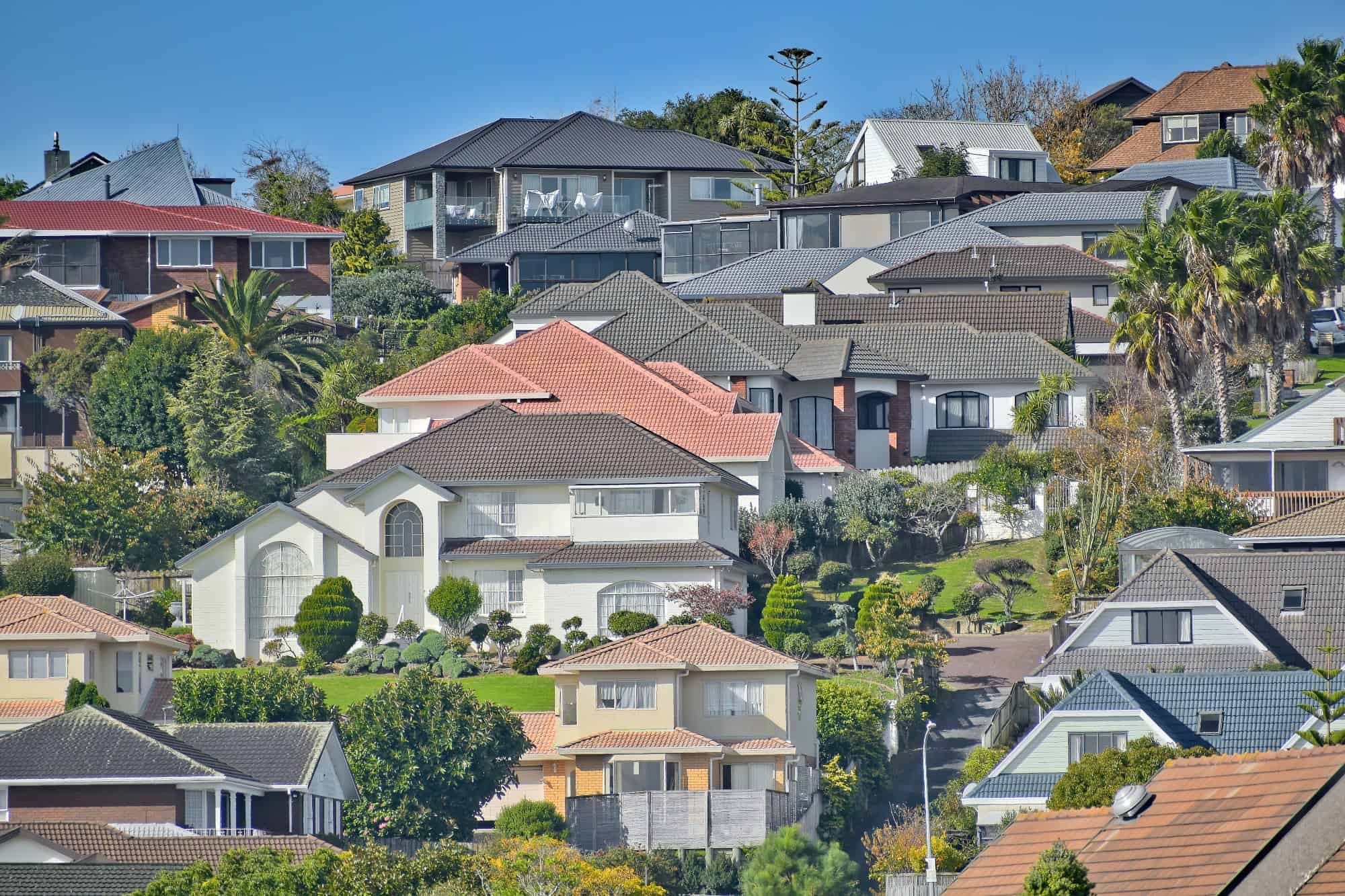
Unfortunately, rush hour traffic can gum up the center and the motorway slows down, so plan a bit of extra time when trying to make an important journey. This also applies to making it into the city for 9 am starts.
The road network around Auckland is good, much better than New Zealand on the whole.
Except for Wellington, Auckland has the best public transport network in the country. There is a mix of trains, buses, and the colorful addition of short-hop ferries that crisscross the harbor around every half hour.
If you plan to live and work in the central district, then driving may not be essential.
If you want to live or work outside the central areas, then driving is going to be necessary. Kiwis learn to drive early, and most often, driving is their preferred method of transport.
Auckland schools
Public school admissions policies in New Zealand are blissfully simple. If you live in the catchment area of a school, your children will be eligible to go there.
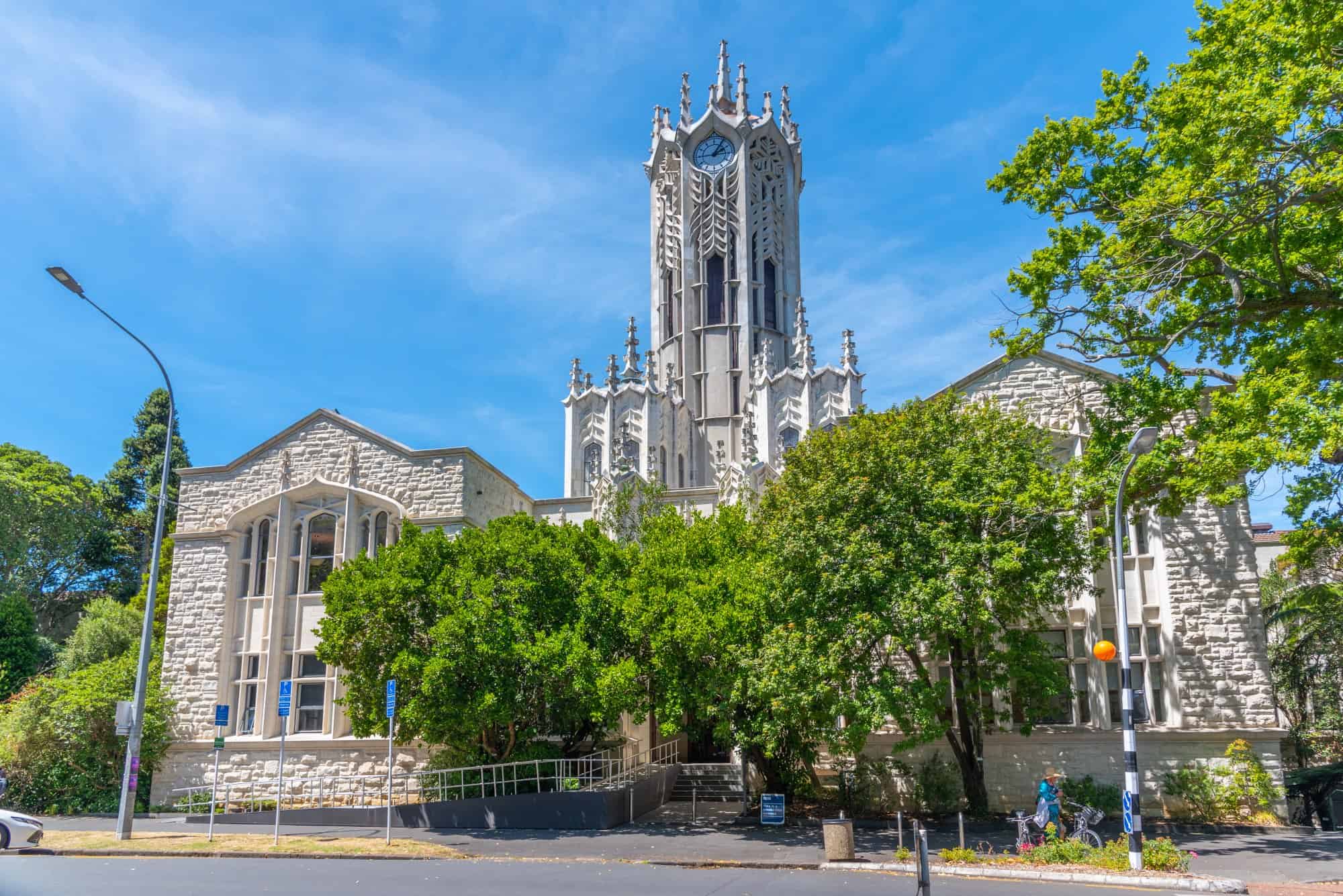
Realtors, or estate agents, should know which schools a property is zoned for. It is also often possible to find catchment information online or call the school and ask.
Auckland has a good range of public options and a selection of private schools.
Some of the top schools, like Auckland Grammar, Rangitoto College, Mount Albert Grammar (known affectionately as MAGs), and Epsom Girls Grammar, are open for enrolment. They are also placed in pretty, commutable, and family-friendly areas.
School uniforms are standard at the secondary level, and many schools will have a shop on site.
Standards are high in most schools, and key NCEA exams happen in year 11 and year 13.
Like in the rest of the country, schools in Auckland put a lot of emphasis on sports. For less sporty kids, most schools offer music and drama programs to pour their energy into.
Be warned, though, that virtually nobody escapes a New Zealand school without going on several cross-country runs.
How expensive it is to live in Auckland
The cost of living in Auckland is generally higher than elsewhere in New Zealand.
Housing costs
As with elsewhere in New Zealand, your home is likely to be your biggest expense. Housing comes at a premium in sought-after areas of the city.
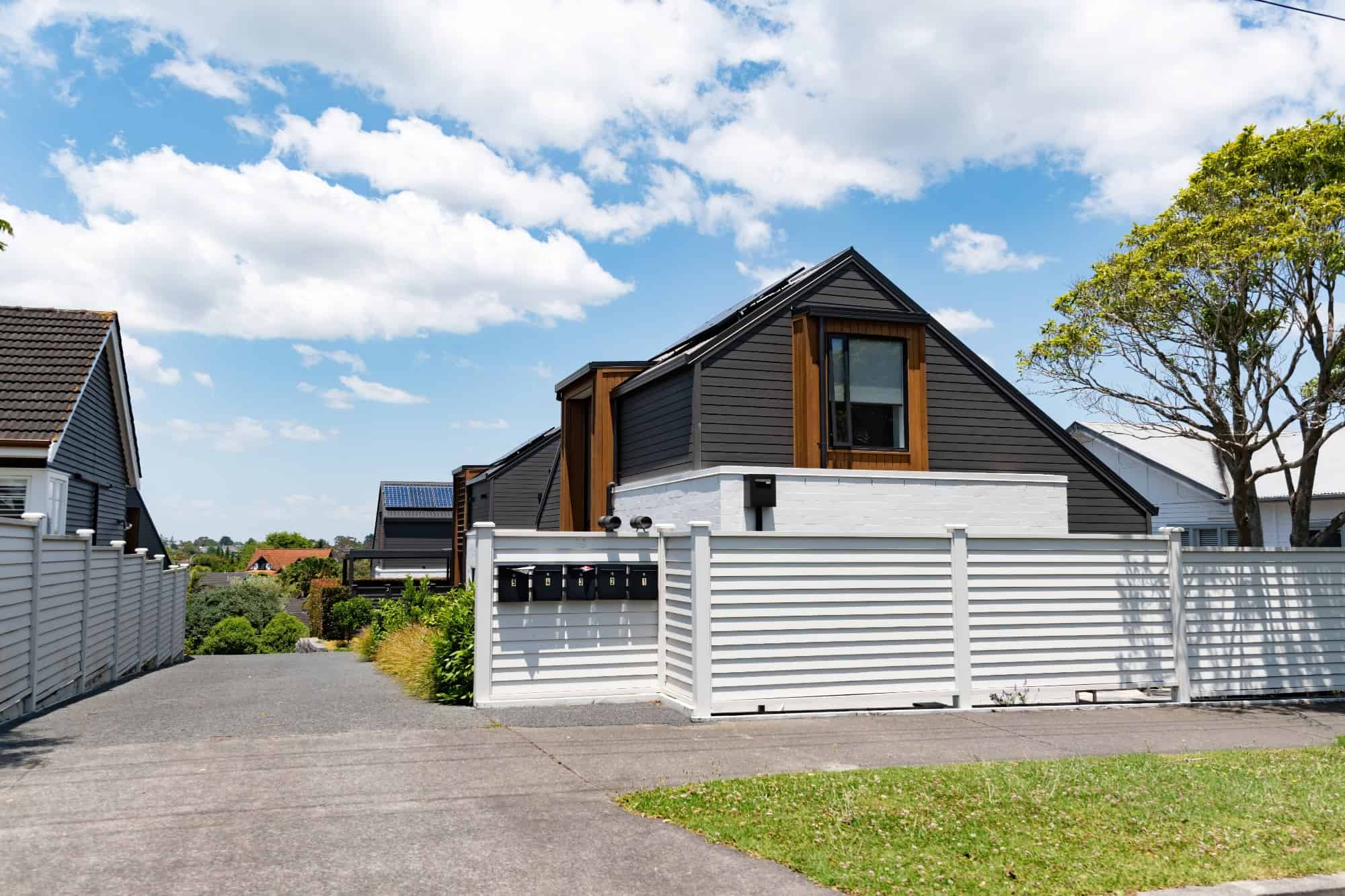
Rent will cost between NZ$3000 and NZ$4000 per month for a 3-bedroom property.
The city is more expensive, but prices vary significantly between different neighborhoods.
Living costs, excluding rent for a family of 4, hover around NZ$5000. Some families do live more cheaply, but new arrivals often buy more imported products and need to make a few bigger purchases.
In a global context, Auckland is a little more expensive than Toronto, about as expensive as London and Sydney, and slightly cheaper than New York.
Compared to the New Zealand average, Auckland is expensive but similar to the capital, Wellington.
Food
Eating out will cost around the same amount in Auckland as it would in other large towns and cities in New Zealand.
There is a wide range of prices, purely because your options for eating out are so varied. From street vendors and kiosks to fine dining, there is no global food trend that doesn’t hit Auckland.
As a rough guide, you should expect a cup of coffee to cost you around $5 in a café. A full meal for two at a cheaper restaurant will cost between $40 and $70, and a mid-level option might be closer to $100 or $120.
For excellent cheap options, try the city center's food courts. The Thai, Vietnamese, Japanese, and Chinese options are on their own level and barely touch your wallet.
Living in Auckland also means café culture. Auckland's mild climate and dependence on caffeine come together to populate the city’s pavements with café tables in every neighborhood.
A favorite brunch spot is an ongoing quest for Auckland’s residents. Some stalwarts of the scene include Melba in Vulcan Arcade, Good Karma coffee in the CBD, and the Common Ground Eatery in Browns Bay.
Natural wonders
Surfers with windswept hair are standard on beaches on the Western edge of Auckland.
An easy weekend drive from the Waitakere city region is gems like Piha, Bethells, and Muriwai, all with enough wildness to make visitors feel alive.
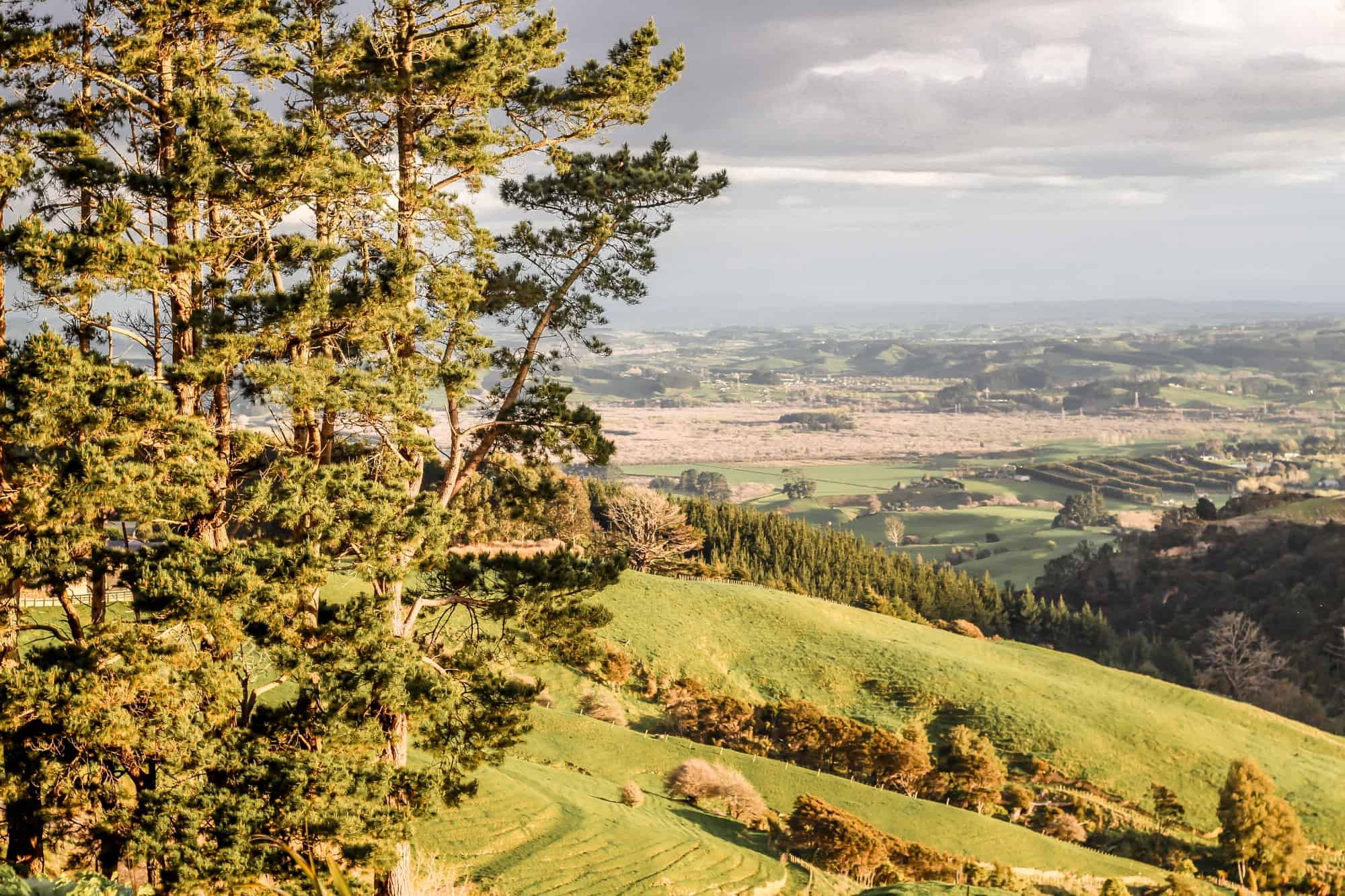
Magnificent biking trails and gannet colonies are also less than an hour from the city proper.
Rangitoto Island is a crowd-pleaser. It's less than half an hour from central Auckland by ferry and a common school trip or family favorite.
The trek takes a half-day and is suitable for novice hikers. The volcanic island is a bizarre but lovely sight, anchoring the urban surroundings to the deep, rugged past.
Tiritiri Matangi Island Reserve and Goat Island Reserve are stunning preserved areas. Well worth a day trip and easy to visit for special occasions or birthdays. Both boast native bird nesting sites as well as snorkeling, swimming, and kayaking spots.
For an everyday green space fix, Auckland has a beautiful central domain to take a break in the city.
Cornwall Park in Epsom is a green lung of the city. Visitors feel anything but urban, surrounded by mature trees and excellent running trails.
Mount Eden, Meadowbank, and Mission Bay also boast pretty parks to walk a dog or kick a ball around at the weekend.
Final thoughts on living in Auckland
If you are planning to move to New Zealand and wondering where to put down roots, Auckland should definitely be on your list.
There is a lot to like about New Zealand’s sunny, sophisticated second city. Auckland pulls people and their passions into its orbit, allowing them to thrive. It isn’t a rural idyll, but the perfect harbor might be waiting in the City of Sails.
You might find useful:
Secure Peace of Mind with Best-Value International Health Coverage
International Citizens Insurance provide free, no-obligation quotes from the leading international health insurance providers with plans tailored to meet your needs. Trusted by thousands of expats worldwide.




